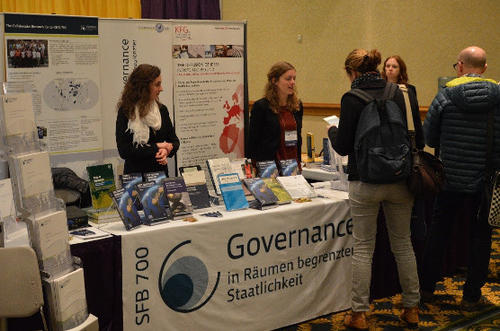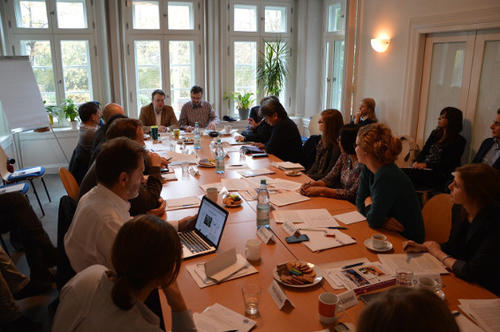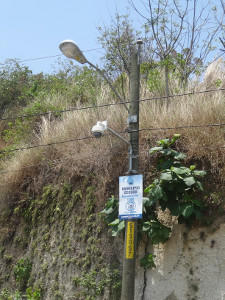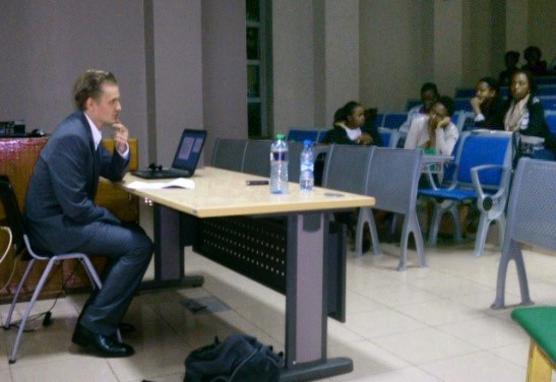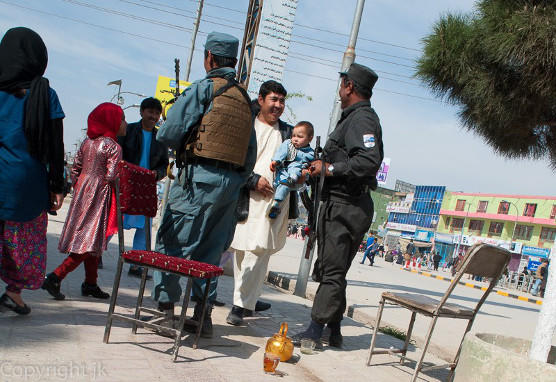I have been researching societal transformation processes in Afghanistan since 2003, under conditions shaped by a complex international intervention and a state formation process. At first I analyzed local conflict dynamics in northern and eastern Afghanistan, using them as a heuristic key to research the dynamics of social order.
From 2006 onward, the SFB 700’s research team, together with Afghan colleagues that we trained, developed a methodology toolbox of qualitative and quantitative instruments. Our goal was to systematically record the consequences of the international intervention for local society over an observation period of twelve years. At the core of our work are surveys, profiles, and interviews that I conduct every two years in cooperation with our Afghan colleagues in (by now) 27 districts of northern Afghanistan. We, the SFB 700’s C9 project, collected the most recent set of field data in this long-term study in the spring of 2015. This article will briefly outline our project’s implementation and preliminary findings.
Since 2007, when I was personally able to visit all 80 villages in our investigation, our access to the field has grown significantly more limited – not only for me but also for the Afghan members of our team. In rural Afghanistan, access to villages must usually be discussed with representatives from those villages, sometimes through lengthy negotiations, even to ensure that outsiders do not encounter unveiled women on our visit. Since the Taliban-led intervention into key strategic districts of the north from 2007 onward, the local security situation has grown noticeably more complicated.
Our first survey in 2007 showed that the Taliban did not represent an influential factor at all, that the (negative or positive) influence of previously powerful informal local commanders from the old Anti-Taliban Alliance had massively decreased, and that both the ISAF presence (international military) and the Afghan security forces currently being established were viewed positively by the great majority of respondents.
Since then, much has changed. In 2009–2010 and again after 2012, the Taliban succeeded not only in pushing state presence out of some sub-districts but also providing certain continuous governance services – for example, Islamic jurisdiction and law enforcement – beyond simply ruling through force. The ISAF presence was doubled again between 2010 and 2012 in order to push the Taliban back and advance the training of Afghan security forces. However, this all occurred as the United States declared its intention to largely pull out of Afghanistan by the end of 2014. Indeed, state security forces and the subnational administration gradually took over responsibility for security and governance in all districts by 2014, but they were often overwhelmed by continual pressure from the Taliban. Administration-aligned local militias started forming to support the state in defending these territories against the rebels. This militia program began informally but was then increasingly subordinated to the district police force as the Afghan Local Police (ALP). In any case, the program had the effect that the older, so-called Jihadi Local Commanders from the civil war and the Anti-Taliban Alliance of the 1990s gained significant influence.
These trends were also reflected in our surveys and interviews from 2007 to 2015, but not always in the ways that we expected:
Respondents’ perceptions of ISAF’s positive security effects have plummeted; at the same time, fear of the international forces has increased. Although the national security forces initially operated in concert with ISAF and later took over responsibility for specific combat missions, trust in their positive effects on security remains constant, and fear of them has only increased slightly from a very low level. This shows that the transfer of security responsibility was a decision that many Afghans welcomed. At the same time, a positive evaluation does not mean that the population is confident in the ability of its own forces to effectively provide security on their own. Here, people are more pessimistic: only one-third of respondents believe that this will occur, and they indicate in qualitative interviews that it will require a political peace process and further foreign support.
With few exceptions, militias elicit a positive perception of effective security governance – but only when they are formalized and subordinated to the state. In some districts, however, militias greatly contributed to arbitrary violence, which we increasingly expected and which opened the door to the Taliban in some places.
The local population is unconvinced of the Taliban as governance actors. This is also true in the core areas of competition with the state, namely security and the dispensation of justice. It is important to note here that in terms of adjudication, state justice remains a total failure in the eyes of the population.
Regarding “output legitimacy,” the state has found itself under increasing pressure at the local level, although development measures have had a clear positive effect on the problem-solving capacity attributed to the state. The visibility of the state administration has increased steadily over the last years.
These findings of the C9 project reflect the situation before the temporary fall of Kunduz in September 2015, which was a shock to many Afghans and clouded their confidence in the state’s ability and the Taliban’s willingness to advance peace.
The trends of the past few years, however, show that even – or especially – in violence-ridden areas of limited statehood, the state remains attractive as a promise of prospective peace and is preferred to other local functional equivalents such as the Taliban or the commander system when it comes to the governance service of security. At the same time, less critical governance problems are often solved through local societal institutions, if possible.


